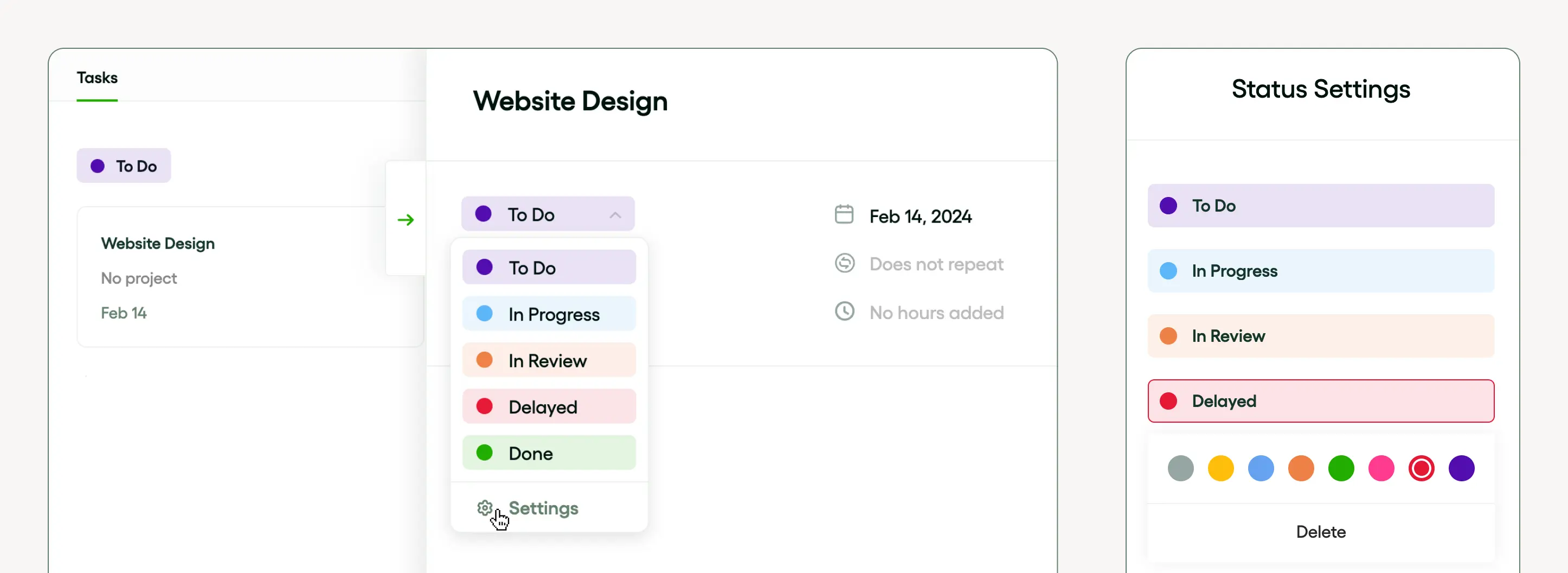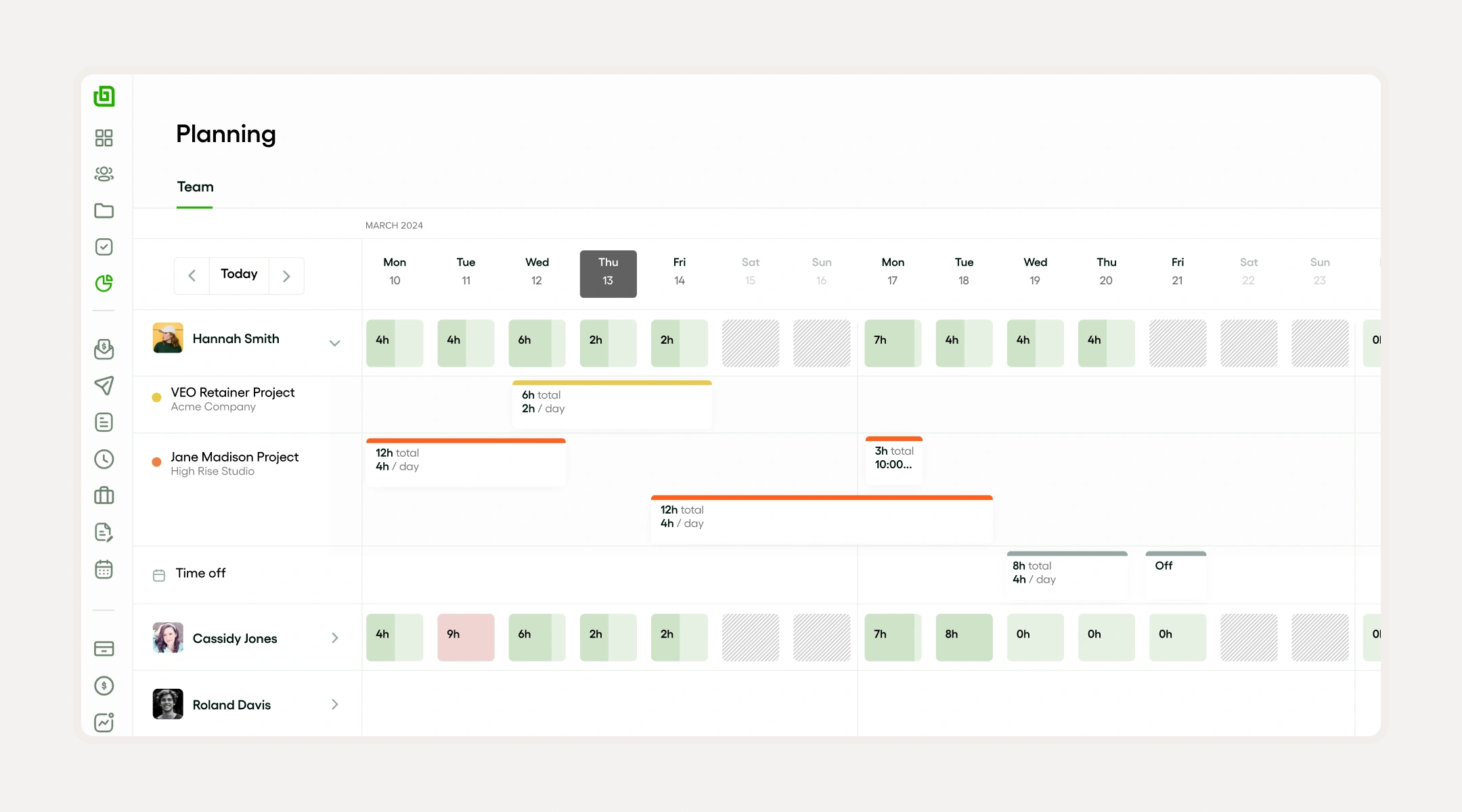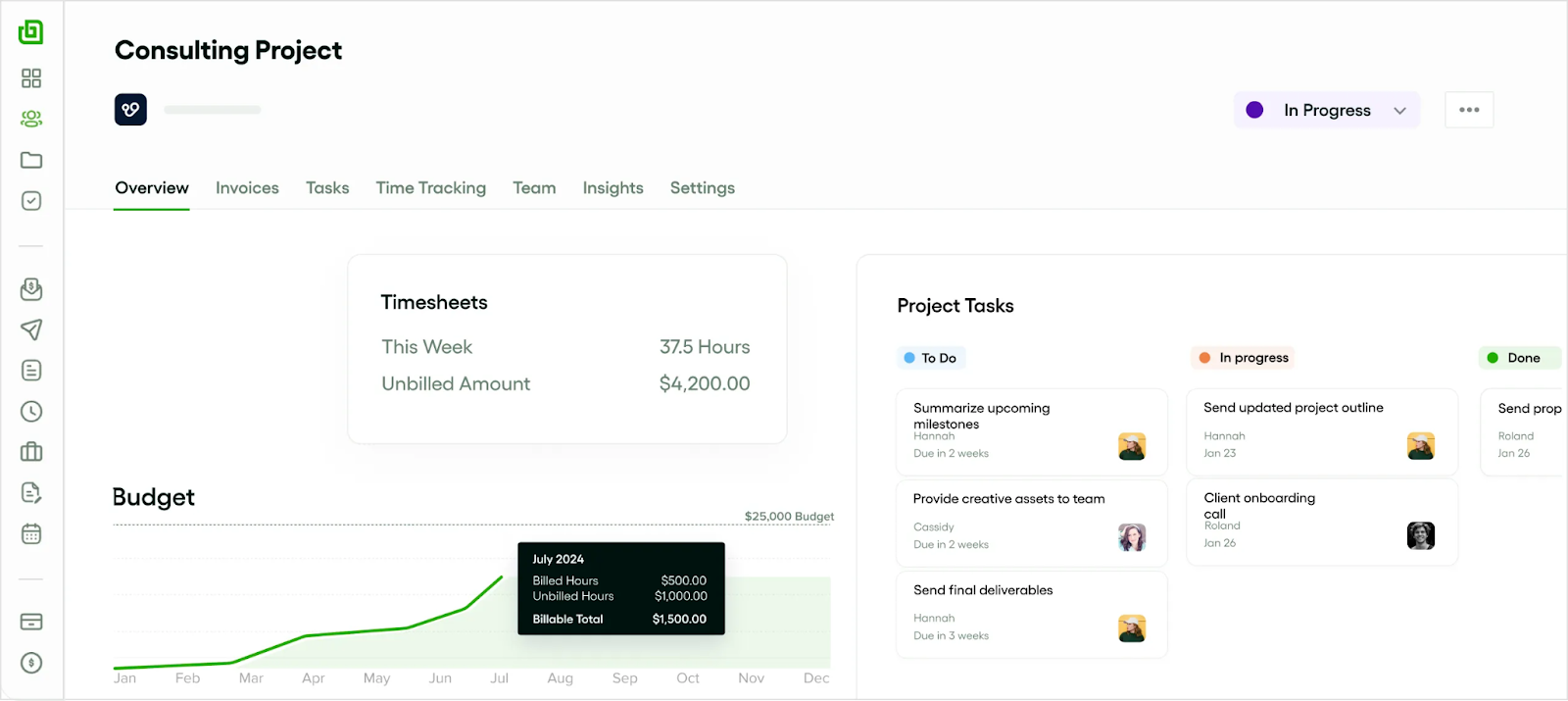Cracking the code of endless projects, it’s all about keeping the wheels turning without a hitch. Think of it as steering a ship where constant updates are the north star for the crew. We’re talking regular pow-wows to chew the fat on progress and squash any bugs fast.
Spinning multiple plates like risk watching and snag fixing is our jam, making sure nothing throws us off our game. And yeah, making sure the money keeps flowing is key to keep the project machine humming, no matter the neighborhood.
Introduction to ongoing projects
We’re all in, pedal to the metal, on these ventures. It’s our playground, where we strut our stuff in managing, planning, and tweaking projects. From the get-go, we’re all about crystal-clear updates and keeping everyone in the loop.
It’s a tight ship with regular meet-ups to keep the lines open and eyes on the prize. Our knack for sniffing out problems and dodging project pitfalls keeps us sharp and our projects on track. And we don’t just run a tight ship; we make sure it’s well-funded and polished.
Defining ongoing projects
Picture ongoing projects as your never-ending story of juggling acts—planning, managing, and keeping everyone posted. It’s where we harness resources, line up the ducks, and set the stage for the show.
Reporting back is key; it keeps everyone on the same page. And when curveballs come, we’re ready to swing with changes on the fly.
These gigs vary, each with its own flavor and scale, demanding our full attention, quick tweaks, and the agility to roll with the punches.
Characteristics of ongoing projects
Imagine ongoing projects as regular reality checks where we hash out progress, tackle snags, and keep risks at bay. These sit-downs are crucial, giving us a chance to sync up and stay connected.
We’re always on our toes, adjusting plans and timelines to keep things ticking. And it’s not just about crossing the finish line; it’s about fueling the project and keeping it in tip-top shape.
Dodging roadblocks and staying sharp on potential hiccups are part of the drill, as well as keeping tabs on the project’s turf to know our boundaries.
The ultimate guide to Bonsai for streamlining workflows
Bonsai is a comprehensive tool that revolutionizes workflow management for freelancers and teams. Here's your ultimate guide to using Bonsai for streamlining workflows:
1. Task automation
Set up recurring tasks and automate reminders to stay ahead of deadlines without manual input. Bonsai goes beyond just a project management tool. It's a workflow powerhouse designed to simplify task management, empower your team, and keep you on top of everything.
- Kanban Boards: Visualize your workflow with Kanban boards. Move tasks between stages (e.g., To Do, In Progress, Done) for a clear understanding of progress.
- Integrated Timers: Start timers directly from tasks to track time spent.
- Team Collaboration: Assign tasks to team members. Invite collaborators to your projects to assign tasks and add comments for each other.

2. Time tracking
Utilize the built-in timer or log hours manually to keep accurate records of billable time, making invoicing a breeze.
- Keep track of your team's time spent on projects and tasks to maximize billable hours.
- Monitor utilization and profitability, and easily turn billable hours into invoices for faster payments.
- Monitor and optimize your team's time spent on projects and tasks to make the most of billable hours.
- Easily turn billable hours into invoices and share accurate timesheets with clients for faster payments.
3. Resource management
Allocate tasks effectively by monitoring team capacity, ensuring an even distribution of workload and preventing burnout. Use Bonsai's project planning tools to outline steps, set milestones, and track progress, keeping everyone aligned with the project goals.
- Adaptability is key. Customize your workflow by creating custom task statuses that reflect your specific resource needs.
- As project demands evolve, Bonsai allows you to adjust task assignments and deadlines in real-time. This ensures your team can focus on the most critical tasks and projects stay on track.

4. Collaboration
Share documents, provide feedback, and communicate with team members all in one place, fostering a collaborative environment. Bonsai creates a teamwork-friendly atmosphere that promotes connectivity among team members and progress in projects. Say goodbye to never-ending email threads and disorganized communication.
Delegate tasks to team members directly through Bonsai to ensure clarity on responsibilities and deadlines. Conversations and file sharing take place within tasks, breaking down information barriers and ensuring everyone is well-informed. Tag team members to highlight important aspects of a task and use comments to keep everyone engaged. This smooth collaboration cultivates a feeling of responsibility and commitment, resulting in a more efficient and accomplished team.
6. Client management
Maintain client information, project details, and communication logs to build strong, organized client relationships. Access financial features like expense tracking, budgeting, and financial reporting to keep your business's finances transparent and under control.
- Centralized Client Hub: Consolidate all your client information, project details, and communication within a single platform. No more switching between separate CRM and project management tools.
- Streamlined Communication: Improve communication and transparency with secure client portals. Grant clients access to project files, discussions, and updates, reducing the need for lengthy email exchanges.
- Improved Client Satisfaction: Enhance client satisfaction by keeping them informed and engaged throughout the project lifecycle. Transparent communication and easy access to project details foster trust and a positive client experience.
- Scalability for Growth: Bonsai scales with your business. As you acquire new clients, Bonsai provides a central hub to manage all your client interactions effectively.
.webp)
7. Customization
Customize Bonsai to fit your workflow with custom templates, branding, and integrations with other tools. Customizing Bonsai to fit your workflow is straightforward and efficient.
- With custom templates, you can create a personalized experience that caters to your specific project needs.
- Branding options allow you to infuse your company's identity into every client interaction.
- Integrations with popular tools ensure a seamless workflow within your existing digital ecosystem.
By integrating these features into your daily routine, Bonsai helps streamline complex workflows, turning chaos into order. It's not just about managing tasks; it's about enhancing overall productivity and creating a seamless work experience. With Bonsai, you can focus on what you do best while the platform takes care of the rest.
The importance of ongoing projects in agencies

These ongoing sagas are big deals in agencies, powering up productivity and polishing our client charm. They’re the bread and butter that keep the agency buzzing and the clients coming back.
With every update and meet-up, we’re spinning a web of solid communication, which is gold for keeping projects on the sunny side. These efforts don’t just matter now; they’re the seeds for future wins and stability.
Role of ongoing projects in business growth
Ongoing projects are the engines of growth, sparking innovation and stretching our market reach. Smooth project handling and smart planning are the secret sauces for timely results that mesh seamlessly with business operations.
Keeping everyone in the know with updates and meetings helps in steering clear of project potholes and keeping the train on the tracks.
Maxing out project resources means we’re not just spinning wheels but actually driving forward, adapting on the fly to keep up with the business beat.
Impact of ongoing projects on agency reputation
How these projects pan out can make or break our rep. Keeping a steady rhythm with updates and meetings paints us as a dependable bunch.
Our take on managing changes and keeping everyone clued in colors how folks see us. And by keeping our projects well-oiled and funded, we show we’re not just about the flash in the pan but building something that lasts.
Challenges in managing ongoing projects
Juggling projects is no piece of cake. From plotting out plans to hitting deliverables, the real kicker is crafting a schedule that can dodge delays and keep the updates coming hot. Miss that, and your status reports might just be spinning tales, leading to some real mix-ups.
Staying sharp on risks and issues is a full-time gig—we need to see trouble coming and head it off at the pass. And when change throws a curveball, making sure we don’t topple the apple cart or burn through cash is what keeps us winning.
Resource allocation and management
Getting resource allocation and management spot-on is clutch in project management. It’s about laying out a game plan that makes the most of what you’ve got and crossing the finish line on time. Keeping up with regular chinwags and updates is how we keep the train on the tracks.
Risk watching and change dancing are big players in our reports, helping us keep our projects in the green by tackling challenges and rolling with the punches. Communication and keeping the coffers topped up are also key—everyone’s gotta be clued in on the what, when, and how of keeping things smooth.
Time management and deadlines
Nailing project management hinges on ace planning, regular reality checks via status reports, and timely updates—these are the secret sauce for beating the clock.
Tracking risks and issues, along with slick change management, keeps our eyes on the ball and helps us maneuver through surprises. Clear chats across all districts ramp up the teamwork and efficiency, pushing us towards prompt delivery of the goods.
Communication and collaboration challenges
Chatting and teaming up in project management can be a tough nut to crack. Making sure everyone’s on the same wavelength is crucial, which means spreading the word about updates, shifts, and key moves needs to be tight.
Change management gets extra thorny with teams spread far and wide. And if the team play isn’t up to snuff or the roles are murky, keeping tabs on issues can turn into a wild goose chase.
Strategies for effective management of ongoing projects

To master the art of managing ongoing projects, it’s all about staying organized and on your toes. Regular project pow-wows are where it’s at—these are the heartbeat checks where we take the pulse of the project, making sure we’re on track and ticking off boxes.
These deep dives into the state of play keep us prepped for dodging risks and tweaking our game plan. It’s about being quick on the draw, ready to pivot and keep things nimble.
Clear lines of chatter are non-negotiable—not just for keeping the crew aligned but also for navigating the twists and turns smoothly. Ensuring we’re well-funded and the gears are greased means we’re set to not just hit our targets but leave a lasting impression across the map.
Adopting Agile project management
Switching gears to Agile Project Management means embracing a dynamic approach that values flexibility and collaboration over rigid planning. This method pivots on the ability to make quick and flexible project schedule updates, creating a fertile environment for project deliverables to thrive.
Frequent project status meetings enhance communication and ensure everyone is aligned, while robust project risk monitoring and change management adapt to the evolving needs of the project. By prioritizing adaptability and customer satisfaction, Agile Project Management not only ensures project sustainability but also paves the way for success in a fluctuating project landscape.
Utilizing project management tools: Bonsai, Trello, Asana, and Basecamp
Navigating the complexities of project management often requires robust tools like Bonsai, Trello, Asana, and Basecamp. These platforms are powerhouses in aligning and automating project activities, from streamlining project planning to facilitating real-time updates and maintaining accurate project status reports.

These tools enhance project communication systems, allowing teams to efficiently track and manage risks, issues, and changes. With features designed to oversee project deliverables, these tools are instrumental in enhancing project maintenance and promoting sustainability, making them ideal for any project scenario, regardless of the funding or district involved.
Implementing regular progress reviews
The rhythm of regular progress reviews is essential for keeping a project on track. These reviews involve periodic status meetings where progress, issues, and risks are thoroughly discussed, and necessary adjustments are made to ensure the project's success.
Through systematic monitoring of project issues and risks, teams can quickly identify and mitigate potential problems. These reviews are crucial not only for ensuring project deliverables are met but also for maintaining effective communication and oversight of project funding and guidelines across districts, facilitating efficient project maintenance.
Case examples of successful ongoing projects management
Managing the Hudson Yards development in NYC is a textbook example of stellar project management. They kept the project schedule tight and held regular status meetings to make sure everything stayed on track.
Another big win is the Tesla Gigafactory in Nevada. With clear communication, strict risk monitoring, and smooth change management, this massive project is moving forward without a hitch.
The Crossrail Project in London is also a standout. They use detailed status reports, smart funding, and solid maintenance strategies to keep this huge transit system project sustainable and on course.
How Google manages ongoing projects
Google’s got a knack for handling ongoing projects with precision. They plan meticulously and manage robustly, holding regular status meetings where team leaders update schedules and discuss key deliverables, progress, and resource allocation. They ensure everyone’s on the same page with efficient communication.
They also have top-notch risk and issue monitoring to nip problems in the bud. Plus, they keep projects sustainable with reliable funding and smart change management.
Amazon’s approach to ongoing projects
Amazon takes a thorough approach to ongoing projects, focusing on management, planning, and risk monitoring. They hold regular status meetings to keep stakeholders in the loop and update schedules continuously to ensure timely completion of activities.
Their planning is sharp, with clear deliverables, data-driven funding decisions, and strong change management. They constantly assess risks to maintain project sustainability and have an active system to address issues immediately.
Future trends in ongoing projects management
Looking ahead, project management will keep prioritizing communication and change management to handle surprises. Status reports will be key for efficiency, offering detailed insights and aiding planning. Sustainability and funding will also be big focuses.
Operations in project districts will ramp up, ensuring smooth coordination across teams. Activities will go more digital, making things easier for users. Risk and issue monitoring will get a tech boost, using advanced tools for precise control to keep schedules updated and deliverables on track.
Increasing use of remote teams
With digitalization on the rise, remote teams are becoming the norm in project management. This setup needs solid planning and communication to keep everyone aligned despite the distance.
Key features include frequent schedule updates, status meetings, and detailed reports. Risk and issue monitoring are critical for smooth operations. Remote work highlights the need for agile change management to quickly adapt to any issues.
Integration of project management software with other business tools
Integrating project management software with other business tools boosts efficiency and productivity. This combo improves planning, communication, and accuracy in status reports.
Organizations can monitor activities, manage changes, and update schedules seamlessly. Issue monitoring, risk management, and funding are also streamlined, ensuring sustainability and smooth maintenance.
Conclusion: Maximizing the potential of ongoing projects
Want to unlock the full potential of ongoing projects? You have to get your project management and planning game up to standard. Keeping stakeholders well-informed through regular project status reports and frequent meetings is foundational.
Essential elements include managing project activities meticulously, monitoring risks, overseeing issue resolution, and ensuring effective change management. These efforts collectively drive the successful achievement of project deliverables and overall sustainability.
Quality project communication is paramount; it ensures seamless operations across project districts and plays a critical role in the strategic allocation of project funding. Through these strategies, ongoing projects can achieve their maximum potential, ensuring efficient and effective outcomes.






